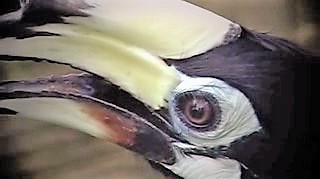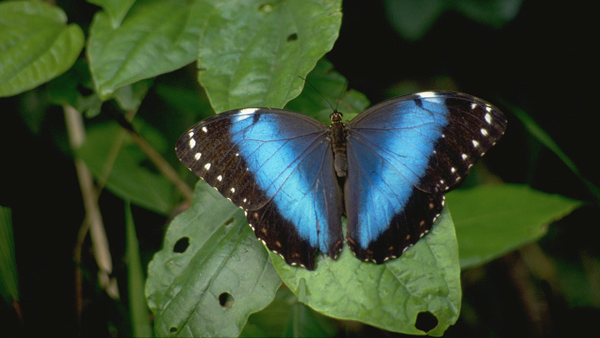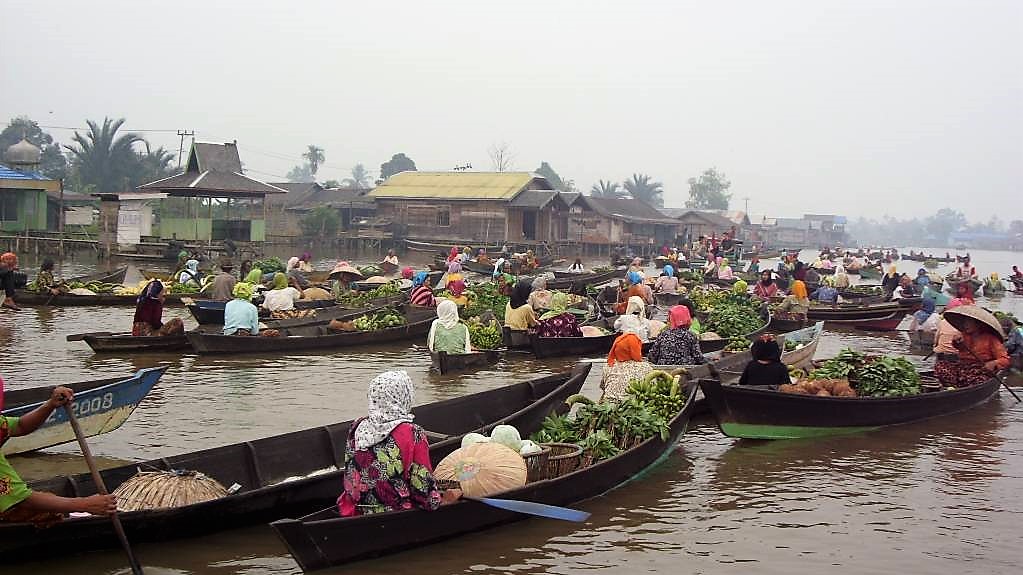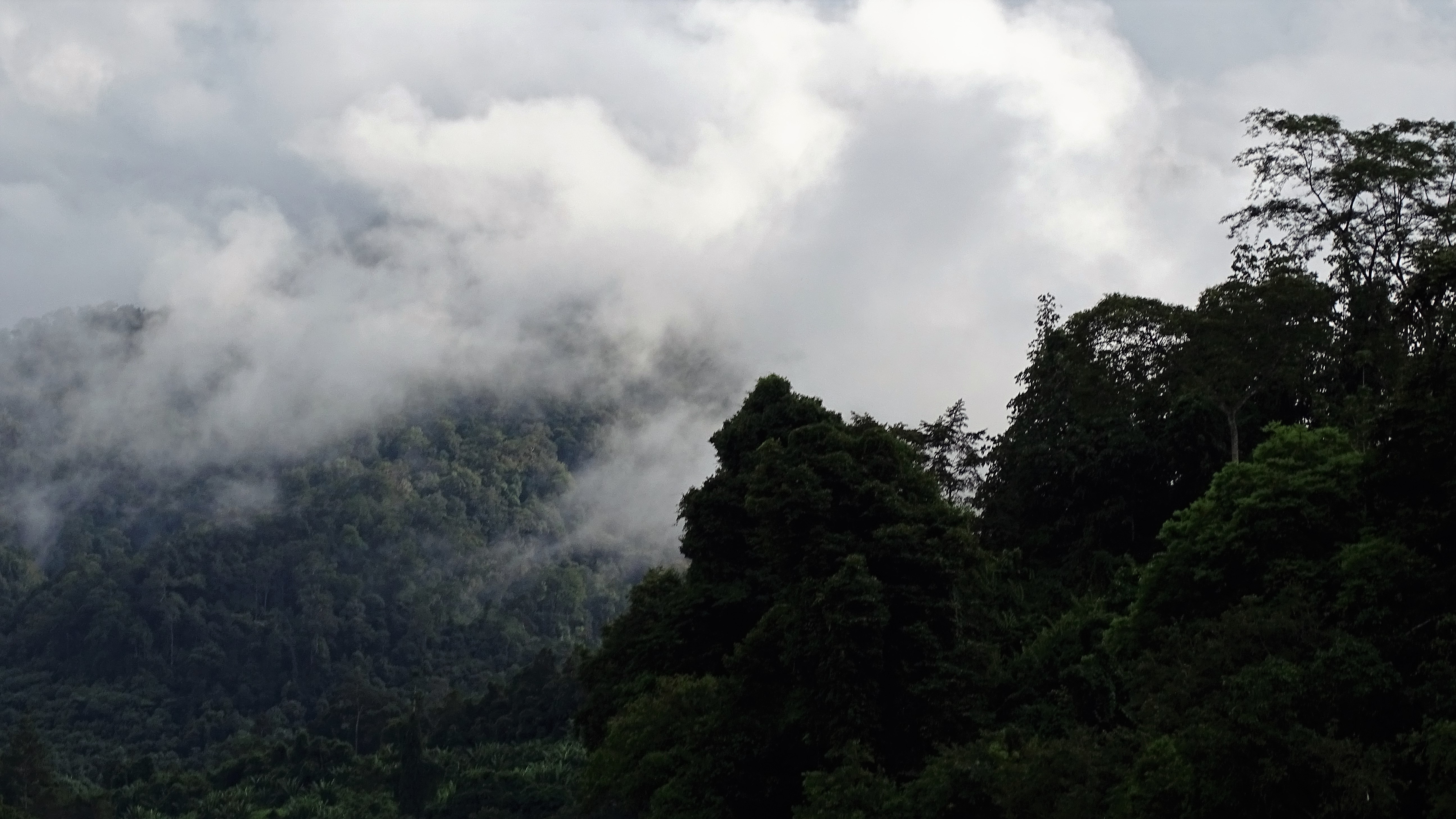
Welcome to Indonesian Borneo
Tourism activities of Indonesian Borneo Island as the land of Dayak tribes and lush rainforests which contain one of the richest tropical flora and fauna in the world. The Indonesian part of Borneo is called “Kalimantan” and covers about two-thirds of the island. The northern part of Borneo Island consists of Malaysian Sabah & Sarawak and the tiny oil-rich sultanate, Brunei.
Kalimantan has an intriguing history of sultanates and traditional culture of the Dayak tribes, with a wealth of ecological and cultural treasures that survive deep within the rain forests of the world’s third's largest island. With its legacy of Chinese, Malay, Hindu, Muslim, and Dutch influences, there is a virtual mosaic of traditions flourishing in the bustling seaports and riverside cities to be discovered.
Indonesian part of Borneo is divided into five provinces North Kalimantan (KALTARA) East Kalimantan (KALTIM), South Kalimantan (KALSEL), Central Kalimantan (KALTENG) and West Kalimantan (KALBAR). It has a total territory of 539,500 sq km, and covers almost 30% of Indonesia’s land area, while the population of 17 million people is only 7% of the total Indonesian population.
Despite exploration and development, many areas of Kalimantan are still untouched by the Western world. Tourist facilities are relatively undeveloped and visitors are a few. Many Westerners you meet are from the oil and wood booms which began in the 1970s. Good roads are only found near the big coastal cities (there are paved roads between Samarinda and Banjarmasin and around Pontianak), but rivers are the main transportation channels to the deep interior of Borneo. Despite exploration and development, many areas of Kalimantan are still untouched by the modern Western world.
The population of Kalimantan is diverse, thanks to the booming oil, coal, gold and timber industries. Many Indonesians, along with foreigners, have come to Kalimantan searching for work in the last decades. The native Dayak people who live deeper inland along the river banks throughout the interior have kept their traditions. Each Dayak tribe has its own dialect and culture, thriving as jungle hunters and gatherers. Kalimantan is known in Indonesians as a backward Island and consider the Dayaks to be leaf cloth people because of their previous headhunting and other animist customs. The truth is that they are scrupulously honest by nature, though exposure to Christianity and modern values has muted this trait. Despite exploration and development, many hinterland areas of Kalimantan are still untouched and attractive for adventure tourist to explore longhouse settlements in the wide jungle corners of Kalimantan.
There is no volcanic activity at Kalimantan Island. The island’s central mountain ranges heavily eroded over thousands of years and are separated by broad river forest slopes and valleys. Kalimantan is crisscrossed by giant rivers which form the main transport and infrastructure channels from the coastal line to the heart of Borneo. Some big rivers are the Mahakam River, Barito River, Kapuas River, and the Kayan river, which are busy transport back roads from the spring in the mountains interior of the Island, till the rivers mouth in the sea.
Travel Conditions
Kalimantan has just a few paved roads along the coastal line, the deep interior also knows as the heart of Borneo can only be accessed via airstrips and river connections. Our Tours and Trips are a collection of adventures explorations of dream journeys that reflect particular places. We created these tours for those who seek unforgettable experiences of cultures and nature. We highly recommend Participants to use Travel Insurance due of the rough terrain conditions in the field of the IslandFLORA & FAUNA
The flora and fauna of Kalimantan’s montane and lowland forests is amazing and each is an important genetic resource and wildlife habitat. The "green gold" exploitation that began in the late 1960s has destroyed more then half its forests, but a turning point is in process. Now the Indonesian government and the local people understand the beauty and wealth of Kalimantan's tropical forests and efforts are being made to preserve them.Wildlife spotting opportunities are the best in the heart of Kalimantan or in the national parks or nature reserves. While seeing creatures in the wild is never guaranteed, visitors can at least get a glimpse of their habitats and experience their environment while waiting to see a rare animal or bird.
Kalimantan’s coastline features mangrove swamps and lowland rainforest. An inland belt of gentle hills and alluvial plains mark the start of the deep jungle. Towering Dipterocarpus trees, valuable ebony, and ironwood trees are scattered throughout. More then a half of the world’s hardwood tree species are here. Climbing rattan palms, vines, orchids, ferns, and pitcher plants are also common.
The wildlife is exotic and unusually diverse, with orangutans only found on Sumatra and Borneo Islands, along with the endemic proboscis monkeys, and other forest denizens including Malaysian sun bears, clouded leopards, leaf monkeys, macaques, and pangolins. Many lizard varieties and pythons live in Kalimantan’s jungles, while crocodiles and the last freshwater dolphins on earth ply the rivers.
More then 600 bird species make the Kalimantan forests their home, such as the sun birds, pheasants, cockatoos, and spectacular hornbills. Also many kinds of beautiful butterflies and metallic beetles, color this world, along poisonous polypods, brightly colored millipedes, and giant walking sticks.
Wildlife spotting opportunities are the best in the heart of Kalimantan or in the national parks or nature reserves. While seeing creatures in the wild is never guaranteed, visitors can at least get a glimpse of their habitats and experience their environment while waiting to see a rare animal or bird.




